WASHINGTON (AP) — Americans in states that Donald Trump carried in his march to the White House account for more than 4 in 5 of those signed up for coverage under the health care law the president still wants to take down.
An Associated Press analysis of new figures from the government found that 7.3 million of the 8.8 million consumers signed up so far for next year come from states Trump won in the 2016 presidential election. The four states with the highest number of sign-ups — Florida, Texas, North Carolina and Georgia, accounting for nearly 3.9 million customers — were all Trump states.
“There’s politics, and then there’s taking care of yourself and your family,” said analyst Chris Sloan of the consulting firm Avalere Health. “You can have political views about a program like the Affordable Care Act, but when you get an opportunity to get subsidized health insurance for you and your family … politics is a distant consideration.”
AP’s analysis found that 11 states beat 2017’s enrollment figures. Of them, eight —Iowa, Kansas, Kentucky, Missouri, Nebraska, North Dakota, South Dakota and Wyoming— went for Trump, who posted double-digit victories in all but Iowa.
To be sure, Trump states are also home to many people who voted for Democrat Hillary Clinton. But the AP’s analysis points to a pattern of benefits from the health law in states the president won. The premium dollars have economic ripple effects, reimbursing hospitals and doctors for services that might otherwise have gone unpaid and written off as bad debt. Also, people with health insurance are better able to manage chronic medical problems, remaining productive, tax-paying members of society.
Such economic and political realities will be in the background when Congress returns in January to another installment of the nation’s long-running debate over health care. Republicans and Democrats seem to have battled to a draw for now.
The year 2019 — the effective date for repeal of the ACA’s requirement that most people have coverage — is looking like a time of reckoning for the law’s insurance markets, which offer subsidized private plans to people who don’t have job-based coverage.
Unexpectedly strong enrollment numbers announced this week for the 39 states served by the federal HealthCare.gov website testify to consumer demand for the program and its guarantee that people with medical problems can’t be turned away. Yet those numbers still lag behind last season’s sign-up total.
It’s unclear what the final count for next year will be. HealthCare.gov numbers released Thursday are incomplete, and some states running their own insurance websites will continue enrolling people throughout January.
Separately, actions by the Trump administration and the GOP-led Congress are creating incentives for healthy people to stay out of the health law’s insurance markets.
Starting in 2019, people won’t have to worry about incurring a fine from the IRS for being uninsured, because the tax overhaul repeals that mandate. At the same time, the administration is taking regulatory action to open a path for the sale of low-cost insurance plans that don’t provide the health law’s benefits or guarantees.
“The real worry for me is what the health plans do,” said Sloan. “If they decide that without the mandate it’s not worth staying in this market, you could end up with swaths of the country having no insurers.”
Bipartisan legislation to stabilize insurance markets is still alive in Congress, but its prospects are unclear.
On Friday, Trump said he thinks repealing the mandate as part of the tax overhaul “ultimately leads to the end of Obamacare.” The president continued to ignore other parts of the law that remain untouched by the tax bill, including its Medicaid expansion benefiting low-income adults and the popular protections for people with pre-existing conditions.
Others say a corner has been turned in the health care debate, but where it will end up is still uncertain.
Former President Barack Obama’s law “is more durable and important to Americans in terms of getting affordable health insurance than even its advocates expected,” said John McDonough, a professor at the Harvard T.H. Chan School of Public Health, who served as an adviser to Senate Democrats during the ACA debate more than seven years ago.
With the end of the attempts to bring it down and to repeal it, perhaps there will be opportunities in the near future to try to actually build up and improve it, because it could use some work,” he added.
___
AP broadcast journalist Shelley Adler contributed to this report.


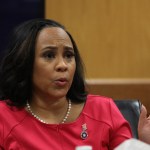


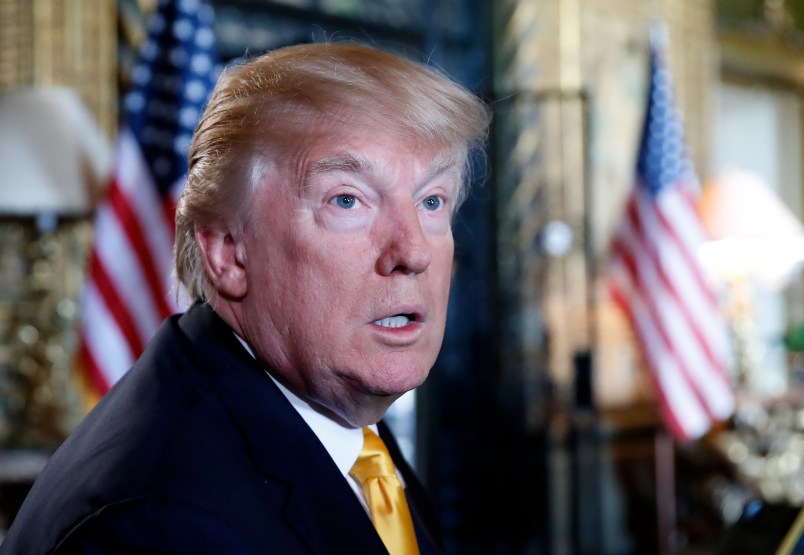
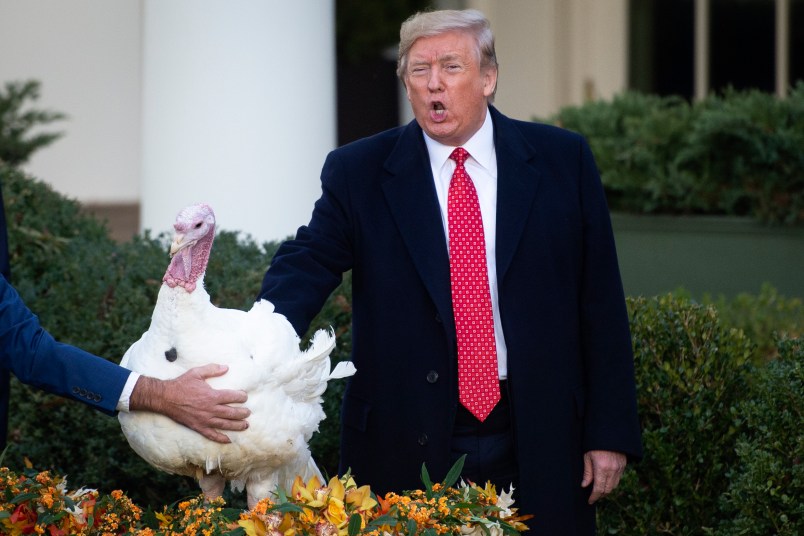
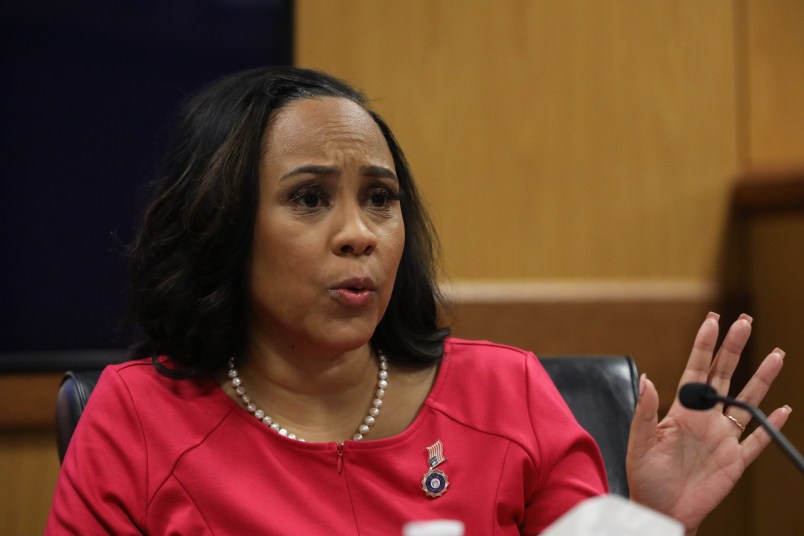

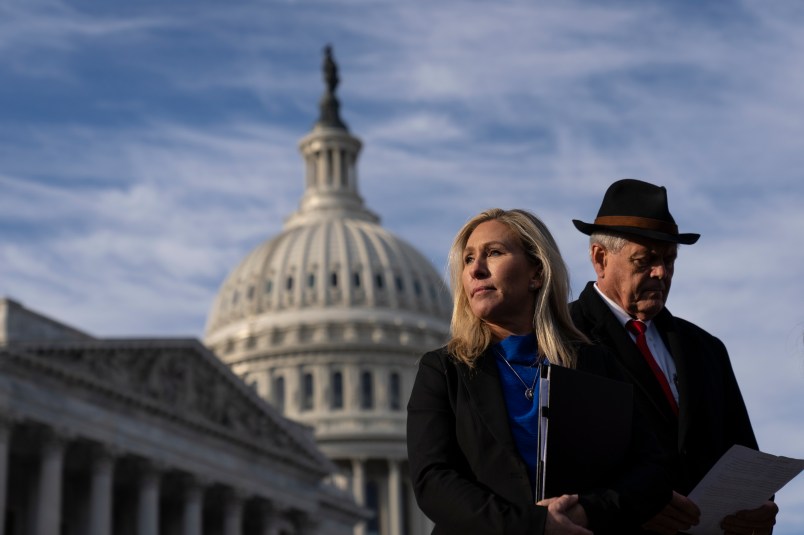
That same dumb fucks that vote republican and don’t want any changes to their government benefits. Then again Donald and Republicans did almost nothing this first year…maybe they know something?
So they’ve determined that Obamacare and the ACA are one and the same?! Why, NOTHING gets by these folks!
Wow, totally saw that one coming…
This is an annoying and misleading headline and lede. I think the problem lies with the AP, not TPM, but TPM should not credulously repeat this stuff or amplify it with this kind of headline.
The 8.8 million figure is signups on the FEDERAL exchange. That’s today’s news. States had a choice of whether to set up their own exchanges or participate in this federal exchange. Most of the big blue states (California, New York, Massachusetts, Maryland, Washington, etc.) chose to build their own exchanges. Thus, it’s not surprising that 80% of enrollees on the FEDERAL exchange are from red states – those are most of the states on the federal exchange! Now, to be sure, it’s not a perfect correlation. A bunch of blue states are on the federal exchange (Oregon, Michigan, and more) and a number of smaller red states went ahead and built their own (specifically, Idaho, Mississippi, and Utah). But by and large, most of the states on the federal exchange tend to be red states. So this 80% number is 100% due to that fact. When the enrollment periods end on the state exchanges, we’ll get a fuller picture of where all the Obamacare individual plan enrollees are. It will not be 80% in Trump states.
Part of why I find this SO annoying is that while there is not a strong correlation between being in a Trump state and enrolling on the Obamacare exchange, there IS a stronger red-blue correlation between who would be eligible for the Medicaid expansion if states would expand Medicaid (there are lots more poor people in some of the Trump states, who would be eligible for Medicaid if their state chose to participate in the expansion). That is an important story. You can’t see the important stories if journalists who don’t understand health policy are putting out stories like this one.
You beat me to the first point, but this one is also crucial, and it’s not just because those states have a high proportion of poor people. It’s also because their pre-expansion eligibility criteria were so harsh. For example, before the ACA, in New York you qualified for Medicaid if you made up to 100% of the poverty level (or something similar to that). In Texas, and most other southern states, you could only qualify for Medicaid if you earned less than 19% of the poverty level - i.e., about $4,500/year - and even that was only for pregnant women, young children, and recent mothers. As a single childless person, it was virtually impossible.
The expansion would be so huge in those red states because so few are being covered now. But they care more about sticking it to those undeserving poors.